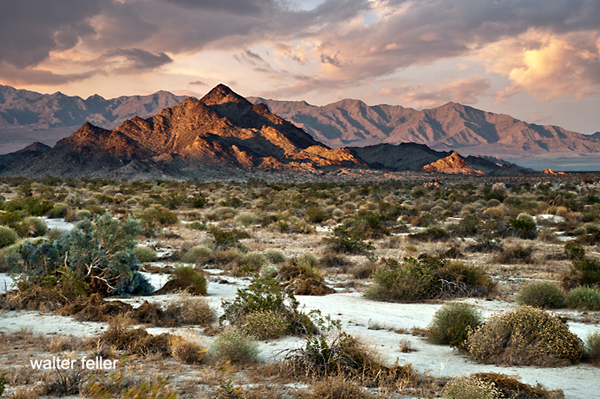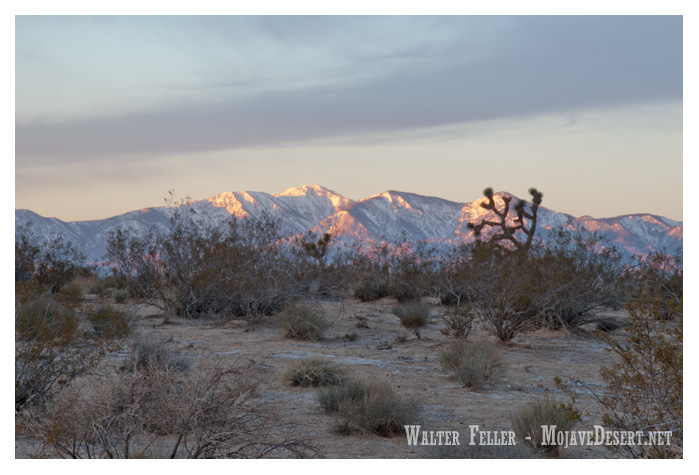/phelan-ca/

A high desert community NW of San Bernardino. The area was known as Sheep Creek in the early 1900s ) and when the AFPO was filed on 2 May 1916, the name “Renfroe” was requested, allegedly to the surprise of natives who crossed it off the application and substituted Phelan. Phelan was for former San Francisco mayor James Phelan, and again, the locals claimed the name was “foisted” off on them against their wishes by the P.O.D. At any rate, the name was given the P.O. and remains the community name. Before the P.O. was established, mail was delivered from Victorville 3 times a week for five years by Isaac McAllister, who had homesteaded in 1915.
Postmaster Ruth McDaniel states the office had four different locations in and around the small town since 1916 and is presently located in a mall at 4184 Phelan Rd. It has over-flowed its building and has a permanent trailer for retail sales in front of the facility. The office has ten employees making 4,000 deliveries to an estimated patronage of 10,000.
From Postal History of San Bernardino County
by Lewis Garrett

